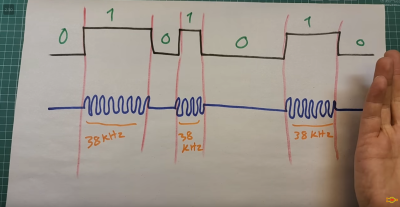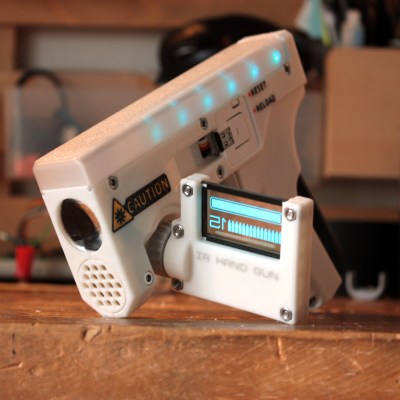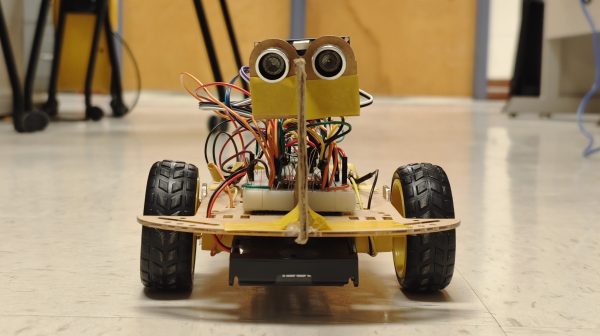After seeing this project, we can say that [James] must be a top-tier roommate. He has two flatmates– one human, one feline, and the feline flatmate’s litterbox was located in a bathroom close to the other human’s room. The odors were bothersome. A bad roommate might simply say that wasn’t their problem, but not [James].
Instead, he proclaimed “I shall build a poopopticon to alert me so I may clean the litterbox immediately, before smells can even begin to occur, thus preserving domestic harmony!”* We should all aspire to be more like [James].
It was, admittedly, a fairly simple project. Rather than dive into feline facial recognition, since it only has to detect a single cat, [James] used a simple IR sensor out of his parts bin, the sort you see on line-following robots. The microcontroller, an ESP8266, also came from his parts bin, making this project eligible for the ‘lowest budget’ award, if the contest had one.
The ESP8266 is set to send a message to a waiting webhook. In this case it is linked to a previous project, a smart ‘ring light’ [James] uses to monitor his Twitch chats. He’s also considered hooking it up to his lazy-esp32-banner for a big scrolling ‘change the litterbox!’ message. Since it’s just a webhook, the sky is the limit. Either way, the signal gets to its recipient and the litter gets changed before it smells, ensuring domestic bliss at [James]’ flat. If only all our roommates had been more like [James], we’d be much less misanthropic today.
- He did not, in fact, say that.




















